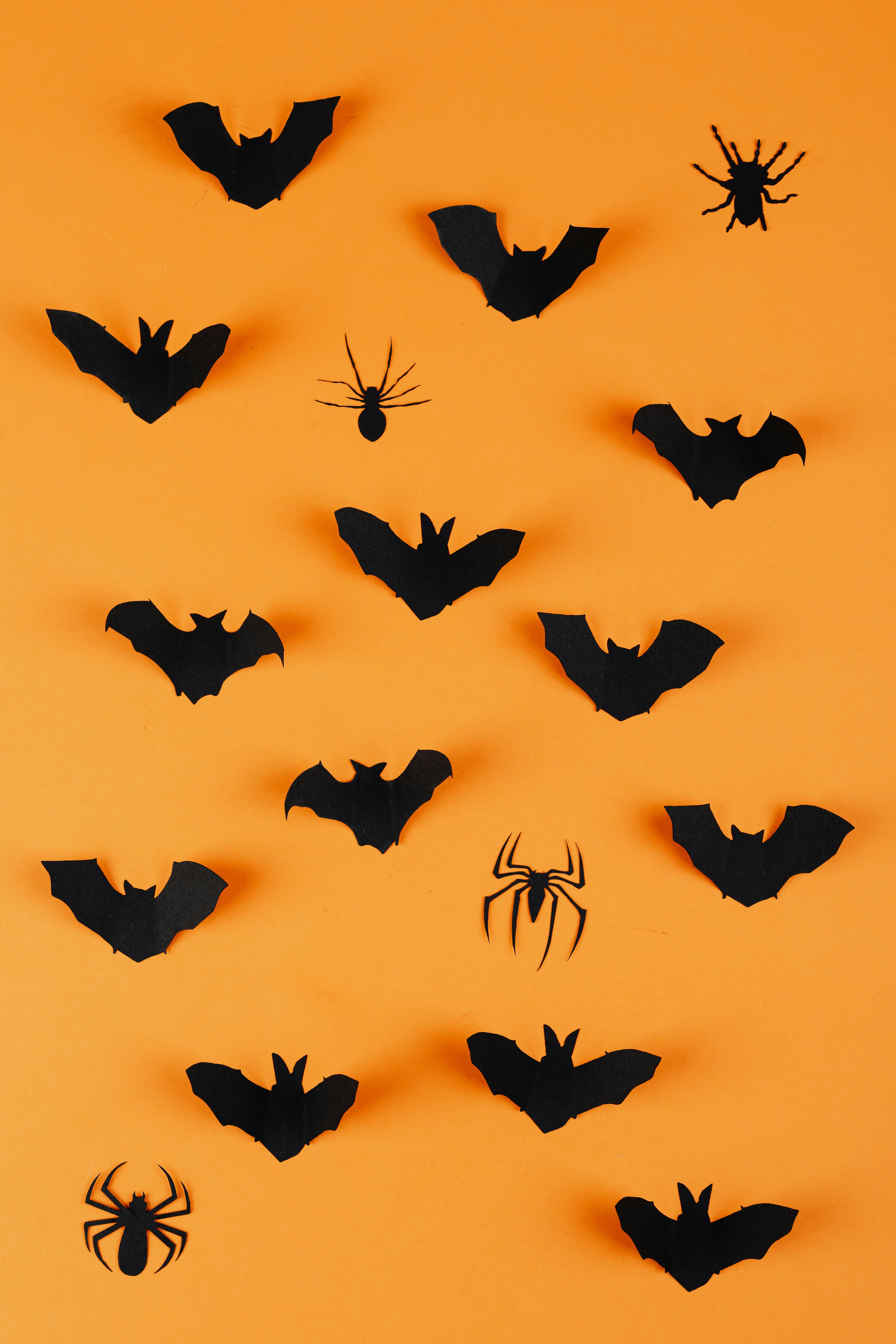Unraveling the Fascinating World of Insect Pets
In the realm of pet-keeping, a relatively lesser-known yet intriguing trend is gradually gaining popularity - keeping insects as pets! This unique trend is not just a novelty but has deep roots in various cultures and offers a unique perspective on pet care and biodiversity. This article takes you on a journey through the captivating world of insect pets, their historical significance, current trends, and their potential impact on the pet industry.

Entomology and Pet-Keeping: A Historical Perspective
The practice of keeping insects as pets is not a new phenomenon. In fact, it traces back to ancient times. In Japan, for instance, the tradition of ‘mushi-okuri’, or insect sending, has been observed for centuries. This practice involves capturing insects, particularly crickets and grasshoppers, during the summer and releasing them in autumn, symbolizing the changing seasons and the beauty of nature.
Similarly, in China, crickets have been kept as beloved pets for over a thousand years, cherished for their musical chirping. This tradition has survived till today, with cricket fighting also being a popular, albeit controversial, pastime.
The Rise of Insect Pets in Modern Times
In recent years, a growing interest in biodiversity and environmental conservation has sparked a renewed interest in insect keeping. People are increasingly drawn to these critters for their fascinating behaviors, life cycles, and minimal care requirements compared to conventional pets.
Popular insect pets include beetles, mantises, stick insects, and even tarantulas. For instance, the Hercules beetle, one of the largest beetle species, is highly sought after for its impressive size and unique horn-like protrusions.
The Market Impact of Insect Pets
The demand for insect pets has led to the emergence of a niche pet market focused on breeding and selling these unique creatures. While prices can vary greatly depending on rarity and species, most insect pets are relatively affordable compared to traditional pets. For instance, a pet stick insect can cost between $10 and $50, while a rare beetle species might set you back by a few hundred dollars.
The market for insect-keeping supplies, such as terrariums, food, and care books, has also seen a surge. While the overall market segment remains small compared to mainstream pet markets, it shows promising potential for growth.
The Educational Value of Insect Pets
Beyond their novelty factor, insect pets offer immense educational value. They provide a firsthand perspective on the life cycles, behaviors, and adaptations of these creatures, making them perfect for children and adults interested in nature and biology.
Moreover, insect-keeping promotes respect for all life forms, fostering an understanding of our interconnectedness with the natural world.
The Future of Insect Pets
As the pet industry continues to evolve, the trend of insect pets shows no signs of slowing down. With increasing interest in biodiversity and alternative pets, insects offer a unique and sustainable pet-keeping option.
However, it’s essential to remember that these creatures have specific care needs and ethical considerations. Before diving into the world of insect pets, prospective owners must thoroughly research their chosen species to ensure they can provide a suitable habitat and care.
In conclusion, the world of insect pets is a fascinating realm, offering a unique blend of history, culture, education, and biodiversity. As we continue to explore alternative and sustainable pet-keeping practices, these tiny critters might just be the next big thing in the pet world.




